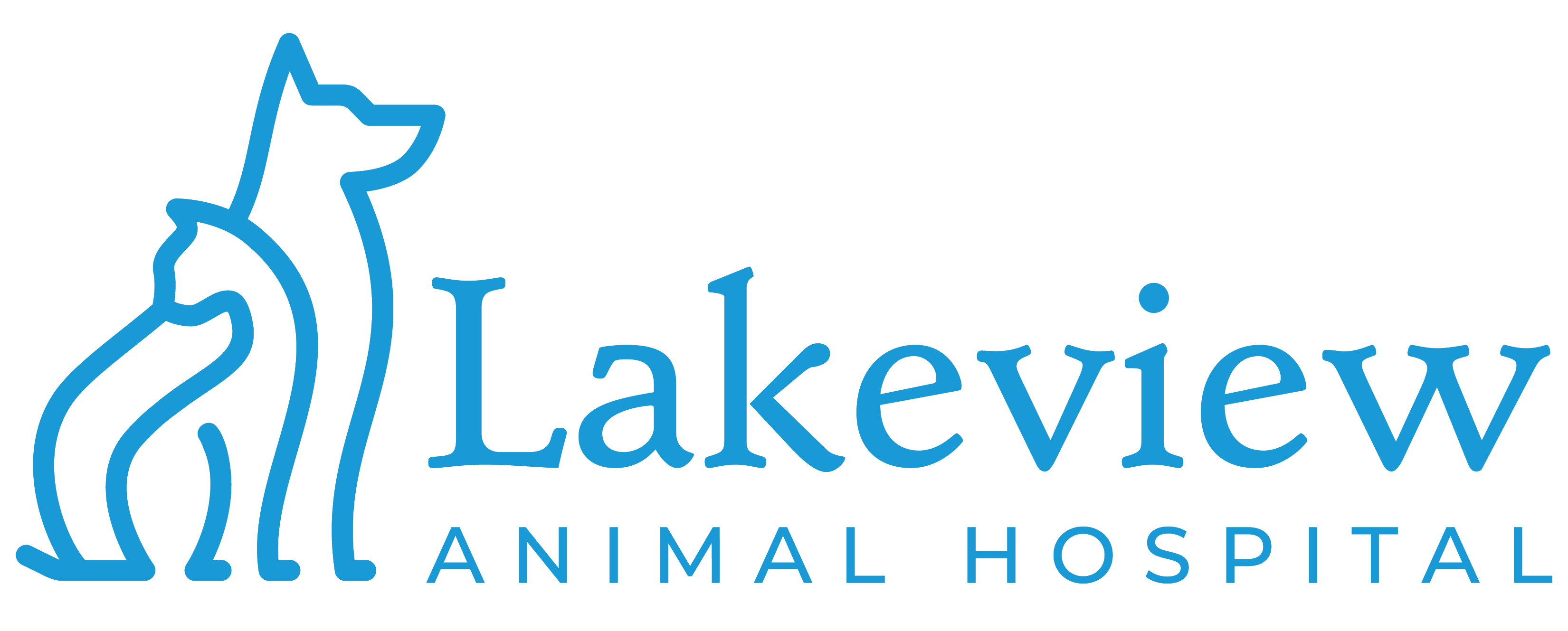Educational Articles
-
An electrocardiogram (ECG, EKG) is a test that is used to assess the heart. More specifically, an ECG measures the transmission of an electrical impulse through the heart. This test is not painful and is typically performed as an outpatient procedure. Analyzing the electrical impulses produced as the heart beats can help identify a number of different abnormalities within the heart.
-
An E-collar or cone may be needed after your dog has surgery or if he has a wound. It can prevent your dog from licking their wound or scratching a wound on their head. Your dog should wear the E-collar following the directions provided by your veterinarian. You may need to make a few adjustments in your home to ensure your dog does not get stuck in confined spaces. Also, you may need to adjust his feeding station to assist with eating. It is not recommended to let your dog outdoors unsupervised while wearing the cone. If your dog will not tolerate the E-collar, discuss other options with your veterinarian.
-
There are many types of emergencies, but initial care is similar: stay calm, keep your dog warm and quiet, contact your veterinarian, and get help to transport your pet to a veterinarian. Common emergencies are described including gastric dilatation and volvulus (GDV), acute hemorrhagic diarrhea, anaphylaxis, automobile injury, seizures, respiratory distress, eye injury, eclampsia, heatstroke, heart failure, toxin ingestion and collapse.
-
Enalapril is used on and off label and is given by mouth or injection to treat heart failure, high blood pressure, chronic kidney disease, or proteinuria. Common side effects include loss of appetite, vomiting, diarrhea, and tiredness. Do not use in pets that are allergic to it, have an acute kidney injury, or have certain heart conditions.
-
Endocarditis is an infection of a heart valve, most often affecting the mitral or aortic valve. It can arise any time that bacteria enter the bloodstream, though it is more common when the heart valve has already been damaged for some other reason. This handout discusses the causes, clinical signs, diagnosis, treatment, and prognosis of this condition.
-
Enilconazole is a topical wash/dip used to treat dermatophytosis (ring worm) in dogs and sometimes in cats. Side effects are uncommon as it is relatively well-tolerated, but in cats may include drooling, vomiting, lack of appetite, weight loss, muscle weakness, and elevated liver enzymes. Do not use in cats unless directed by your veterinarian. If a negative reaction occurs, please call your veterinary office.
-
Many veterinarians, including nutritionists and behaviorists, believe it is important for dogs and cats to express their natural foraging and hunting behaviors. For pets living indoors, this can be difficult, and the lack of this stimulation can sometimes lead to behavior problems. Enriching a pet's environment with food toys and puzzles at mealtimes can fulfill the need to forage. The use of toys, puzzles and other novel methods of food delivery can also be effective ways to increase daily movement in overweight or inactive pets.
-
Enrofloxacin is an antibiotic given by mouth or in the muscle commonly used to treat bacterial infections in cats, dogs, and off label in small mammals, birds, and reptiles. Common side effects include vomiting, diarrhea, and lack of appetite. It should not be used in growing or dehydrated pets, or in cats with kidney disease. Use cautiously in pets with seizures, liver, or kidney disease. If a negative reaction occurs, please call your veterinary office.
-
Enrofloxacin otic is applied topically and is labeled to treat ear infections in dogs. It is also used off-label to treat ear infections in cats. Give as directed. Side effects are rare but may include temporary hearing loss or skin reactions. Do not use with pets allergic to quinolones or sulfonamides, with young animals, or with those with central nervous system disorders. If a negative reaction occurs, please call the veterinary office.
-
Enzymatic toothpaste (brand name C.E.T., others) is a product used at home by pet owners to aid in tooth brushing that minimizes plaque and tartar formation on the exterior of the tooth (the crown), and also assists in the maintenance of good oral hygiene. It can be used on both dogs and cats.

